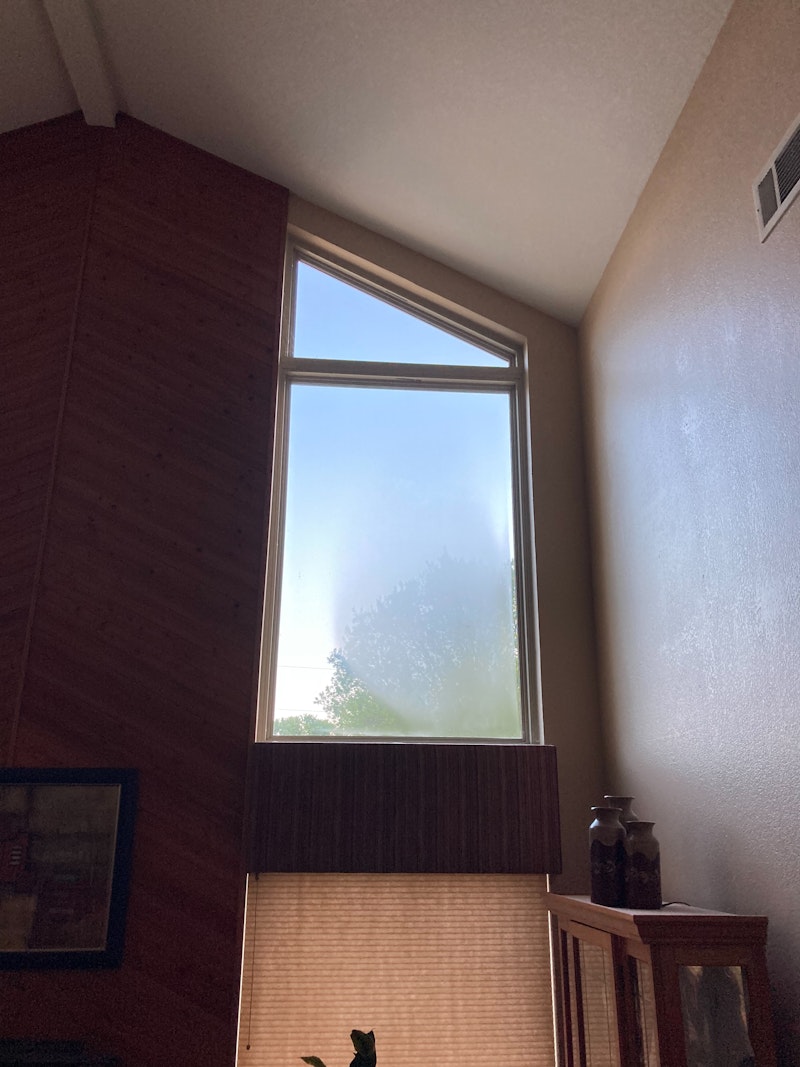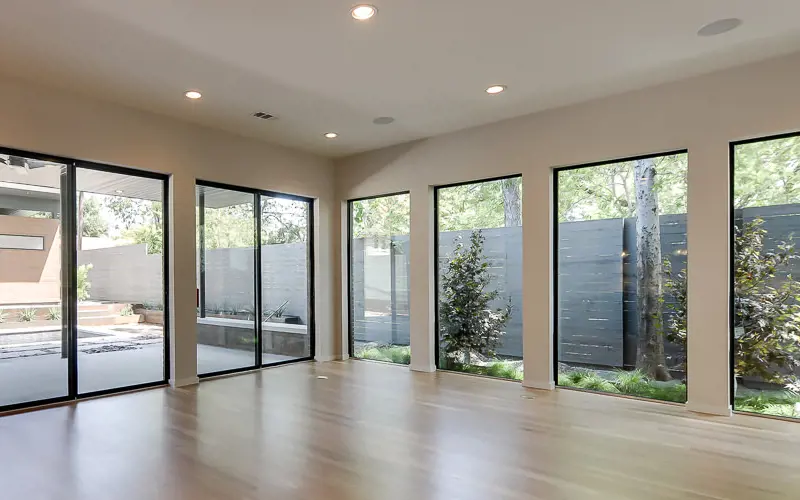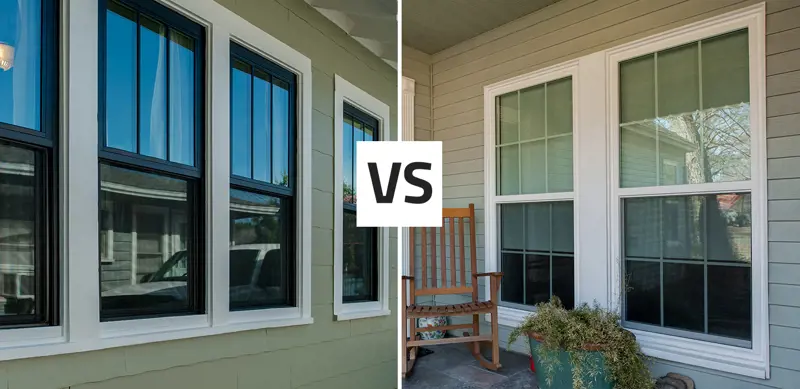
Is Condensation Between Window Panes a Problem?
Condensation is a natural reaction to contrasting temperatures, and if you can easily wipe it off your windows or doors, then you're well on your way to dealing with the problem. But if excessive moisture creeps its way in between the glass panes of your windows, then you may have a real problem on your hands. In this post, we're answering the question is condensation between window panes is a problem.
Why Does Condensation Occur Between Glass Panes?
Condensation occurs when warm, moist indoor air collides with a cool surface. In cold seasons, glass can be one of the coldest materials in your home and it attracts the warm air around it. When that warm, moist air hits the surface of the glass the air becomes a moisture droplet.
If the seal around the perimeter of the glass has deteriorated moisture can work its way between your glass panes. Eventually, when the desiccant becomes saturated with moisture you'll see condensation and fog on the glass surface that can't be wiped away because it's between the glass panes.
If your home is not adequately ventilated, high moisture levels will create condensation. There are things you can do to reduce this, which we will discuss later.
Why Is There Moisture on the Inside of My Windows?
If you notice condensation inside your window, this could indicate a bigger problem – window seal failure.
Condensation between window panes is a problem that reduces the efficiency and performance of your windows. Excess moisture in and around your windows can cause mold and rot in your windows.
Pictured below is vegetation between two window panes. This photo is from a home inspection website, the inspector shared the photo to illustrate how a broken seal and condensation can lead to other issues.
How to Get Rid of Condensation Between Window Panes
Since moisture in between window panes is caused by window seal failure, unfortunately, there is no other fix but to replace the entire window.
Luckily, many manufacturers offer a glass failure warranty, which will typically cover seal failure.
This is why it's important to double-check manufacturer window warranties when purchasing windows! Before installing a new window or replacing the pane in an existing window, look at the warranty carefully and ensure that glass seal failure is covered.
Oops!
We don't currently serve your area but do want to help you plan your project. Try our Build & Price tool to get an idea of window & door costs within DFW. Your area may be higher or lower but at least you'll have some idea of the price.
Thanks for stopping by.










